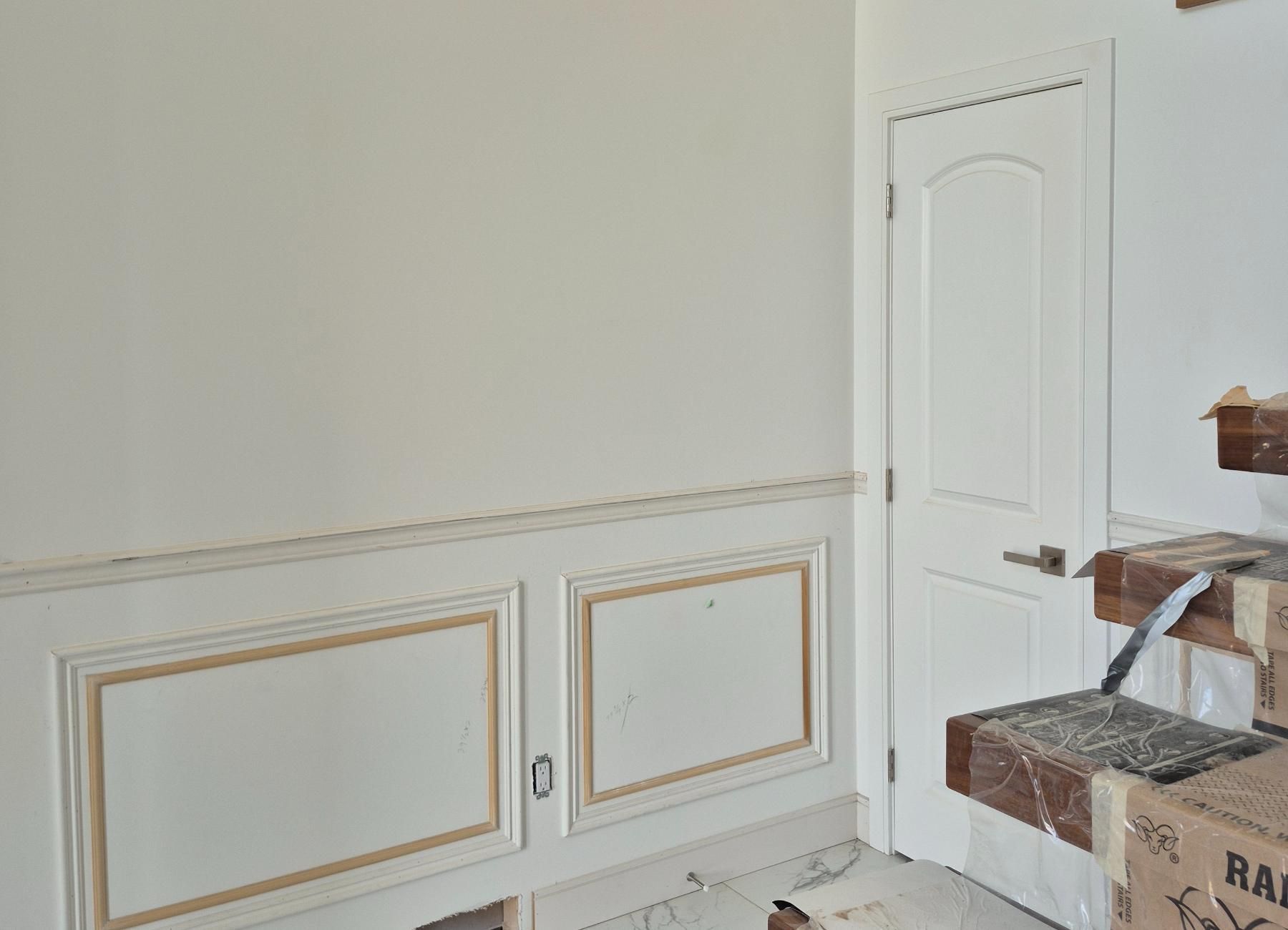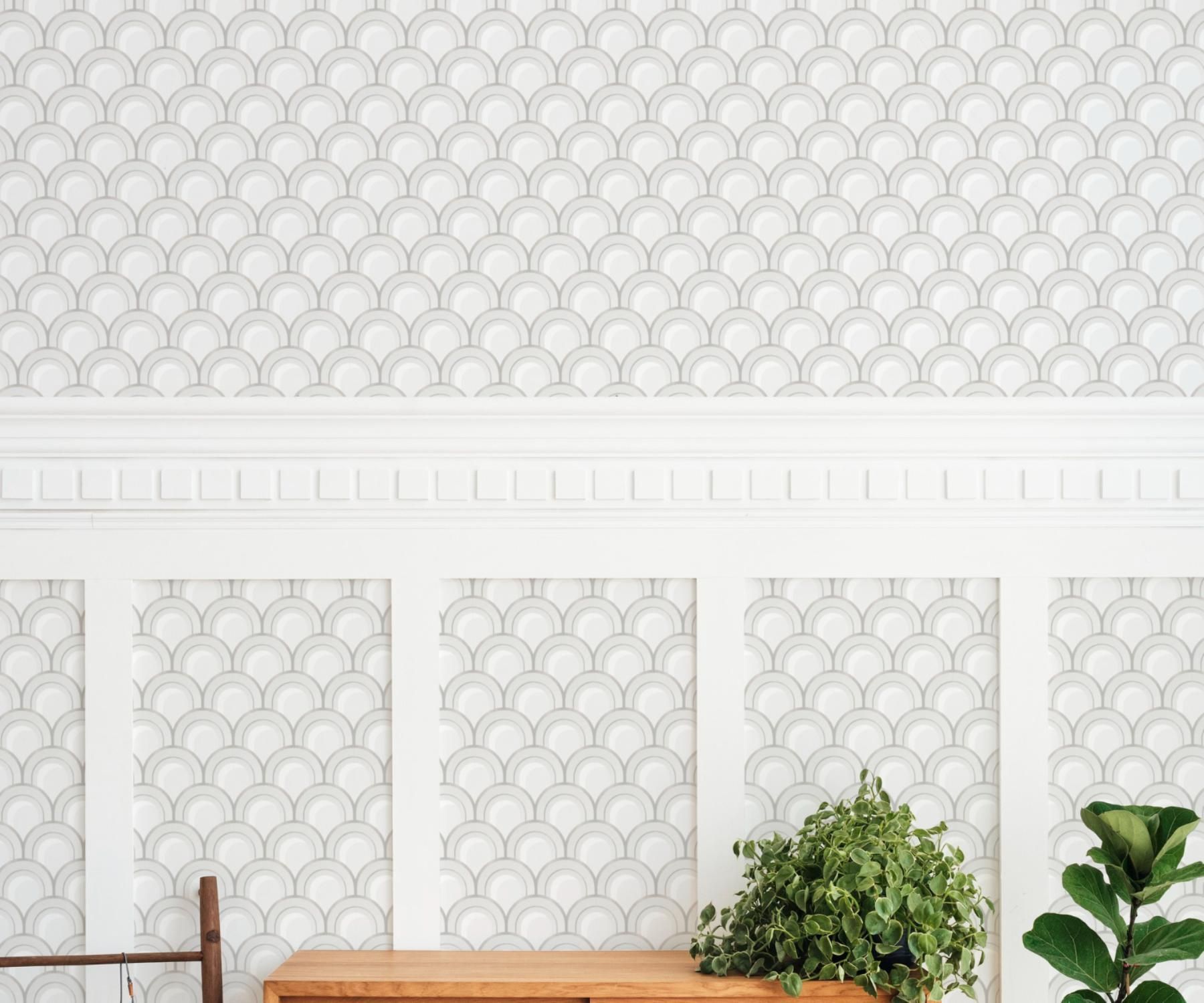How to Choose the Best Paint for High Traffic Areas: A Guide for Homeowners
Did you know that high-traffic areas in homes need a paint review every 2 to 4 years? The best paint choice for high traffic areas goes beyond looks—it protects your investment from daily wear and tear.
Durability should be your top priority for high traffic areas. Acrylic latex paints create a strong surface that resists chipping and cracking, which makes them perfect for spaces under constant stress. Satin and semi-gloss finishes work best for high traffic areas because they balance durability with style effectively. Saskatoon's extreme seasonal changes put extra stress on interior surfaces, so picking the right paint matters even more for lasting results.
We created this detailed guide to help homeowners. Our years of experience as Saskatoon's painting contractors taught us which paints last longest in busy homes. Interior paint lasts 5 to 10 years based on quality, preparation, and maintenance, but busy areas face unique challenges that need special solutions. High-quality, durable paints and finishes can extend the time between repaints, which reduces disruption and maintenance costs over time.
Understanding High-Traffic Areas in Your Home
High-traffic areas are the foundations of your home's daily function. These spaces see the most movement and face natural wear from everyday life. You need to spot and understand these busy zones before picking the right paint that will last for years.
What qualifies as a high-traffic area?
Your home's busy spots are places with steady movement from family and visitors. The front door sees everyone coming and going. Hallways link different rooms together. Your kitchen hosts meal prep and family gatherings. Living rooms bring people together often. Bathrooms get used a lot and deal with moisture. These active spaces work like your home's central hub and host most of your daily life. Saskatoon homes face extra stress during winter. Boots, coats, and gear create more wall contact as people move through tight spaces. Your mudroom and entrance need extra care since they're always exposed to tracked-in dirt and outdoor elements.
Common wear and tear issues in busy spaces
Walls in busy areas show many problems you won't see in quieter parts of your home. Scuffs, fingerprints, and spills top the list of common issues. On top of that, moving furniture and daily activities leave marks that regular cleaning can't fix. Floors take a beating just from people walking. You'll notice tiny scratches from foot traffic and dents where beds, couches, and tables sit. Kitchen surfaces show faded spots near stove controls, light counter scratches, and loose knobs. Bathroom surfaces have their own issues - foggy mirrors, discolored grout, and slight rust on fixtures from humidity. Even careful families will see paint fade and dull in these spots over time.
Why these areas need special paint considerations
Busy areas just need finishes that can handle regular cleaning and daily wear without damage. Regular wall paint isn't enough here since people touch and clean these spots all the time. Knowing how to clean your walls without ruining the paint is vital, as these areas attract messes. Saskatoon's weather shifts from humid summers to very dry winters. This puts extra stress on paint in busy areas as temperature and moisture changes speed up wear. Commercial-grade acrylic or latex paints stick well, flex right, and resist cracking - perfect for active households. Special coatings give you an even tougher surface in very busy spots. The right paint keeps these areas looking fresh with less upkeep, saving your time and money down the road.
Choosing the Best Paint for High Traffic Areas
Your walls' fresh look in busy areas depends on choosing the right paint. Learning about paint features helps you make smart choices that save money and prevent headaches later.
What is the best paint for high traffic areas?
The best paint for busy areas needs to be both durable and easy to clean. Paint with scuff-resistant technology lets you wipe away marks without hurting the finish. Satin and semi-gloss paints work best in active spaces because they fight dirt, stains, and handle regular cleaning well. These choices give you a smooth, polished look while protecting against daily wear. Semi-gloss creates an elegant, bright surface with a tough finish that resists moisture, fading, and stains. Benjamin Moore's Scuff-X has shown great results in homes with kids, pets, and busy entrances.
Types of paint that offer durability and washability
Modern washable paints come with stain-fighting technology that keeps common marks at bay. You can clean these walls with just soap and water without losing color or damaging the surface. Quality washable paints stay bright even with frequent cleaning - this matters a lot in family homes. Semi-gloss finishes resist moisture better than other options, which makes them perfect for kitchens and bathrooms. Satin finishes, also known as eggshell, give you a smooth, velvety look that lasts, with just enough shine. Commercial-grade acrylic or latex paints provide the best protection with excellent sticking power, flexibility, and crack resistance.
How Saskatoon's climate affects paint performance
Paint in Saskatoon faces unique challenges. Your home deals with big swings between very dry winters and humid summers, which can speed up wear in high-traffic spots. These weather changes make moisture-resistant paint formulations valuable to keep your walls in good shape. Paint in busy areas must handle these seasonal changes while standing up to daily wear. Quality paints with extra durability features are worth the higher price tag because they last longer in our local weather conditions.
Selecting the Right Finish and Color
The right finishing touches can transform how your painted surfaces handle everyday wear and tear. The finish you pick matters just as much as paint quality, especially in areas that see heavy use.
Best paint finish for high traffic areas
Busy spaces need durable finishes, and satin and semi-gloss options shine here. A satin finish gives you a soft, velvety look that resists scuffs while adding subtle depth to your space. Semi-gloss works even better with its reflective surface, making it ideal for trim, doors, and cabinets that often collect fingerprints and bumps. Eggshell finishes give you the sweet spot between durability and subtle elegance, with more luster than flat paints but without too much shine.
How finish affects durability and cleaning
Here's a simple truth: shinier finishes are tougher and easier to clean. Glossier surfaces resist stains better and you can wipe them clean without leaving marks. Flat or matte finishes look great at hiding wall flaws but become tricky to clean without damaging the surface. These lower-sheen options work best in quieter, adult spaces rather than busy family areas.
Color choices that hide scuffs and stains
Earth tones naturally hide dirt and wear because they blend with what they're covering. Warm neutrals like taupe and beige hold up well against scuffs. If you want more color, olive and sage greens create a calm feel while hiding imperfections. Muted blues absorb just enough light to minimize flaws yet keep spaces looking fresh.
Balancing esthetics with practicality
Saskatoon's homes face unique challenges from seasonal humidity changes, so paint must handle both weather shifts and daily use. Mid-range colors prove most practical - they don't show white scuffs like dark paints or dark marks like light colors do. Benjamin Moore's Scuff-X has shown excellent results in real-life use, fighting off oils and dirt for years. Paint samples should be tested under both natural and artificial light since colors can look different from morning to evening.
Preparing and Maintaining Painted Surfaces
Good preparation forms the foundations of any lasting paint job in high-traffic areas of your home. Your paint won't deliver its promised durability without proper prep work.
Steps for proper surface preparation
A flawless finish starts with cleaning. You should empty the room completely or move furniture to the center and cover it with plastic sheeting instead of drop cloths. Clean off all dirt, grease, and previous paint residue that might affect adhesion. Walls with imperfections—common in Saskatoon's older homes—need holes and cracks filled before painting. Shallow dents (less than 1/8-inch) need spackling while deeper imperfections require epoxy wood filler. Sand between coats with non-clogging 180-220 grit sandpaper to get rid of bubbles and ridges.
Cleaning and touch-up strategies
Regular dusting with a vacuum's brush attachment keeps your painted surfaces clean and prevents buildup. Most surfaces respond well to cleaning with mild soap and warm water. Note that flat and matte finishes need gentler treatment than semi-gloss or satin finishes. Stubborn stains come off naturally with a baking soda and water solution without damaging the paint. Touch-ups work best with the original paint and application method—if you rolled the paint originally, use a mini-roller for touch-ups.
How often to repaint high-traffic areas
High-traffic zones need assessment for repainting every 2-4 years. Saskatoon homes typically need hallway and entryway repainting every 3-4 years because of scuffs and dings. Kitchens and bathrooms also follow this 3-4 year cycle due to humidity and cooking residue exposure. Doors, trim, and baseboards show wear fastest, so plan to refresh these high-touch areas every 2-4 years. Revive Painting & Wallpaper - Saskatoon offers experienced interior painters who know how our local climate affects paint performance.
When to call a professional painter in Saskatoon
Experienced professional painters are your best bet. Older Saskatoon homes often have wall imperfections that need expert attention to achieve perfectly smooth surfaces. Expert help becomes crucial for high or hard-to-reach areas where DIY attempts might lead to water damage or injury. You should also get professional help if you're unsure whether an issue is just cosmetic or points to structural problems.
Let Us Help
The right paint choice for high-traffic areas will make the most important difference in your home's durability against daily wear and tear. Acrylic latex paints with satin or semi-gloss finishes are the best options for busy households. These paints give you that perfect balance of durability and esthetic appeal. The specialized formulas resist scuffs and clean up easily. They keep looking fresh despite constant touching, moving furniture, and the inevitable spills that come with family life.
Saskatoon's unique climate creates extra challenges for painted surfaces during seasonal changes. The temperature swings from harsh winters to warm summers make walls expand and contract. Standard paints have trouble holding up, especially in busy areas that see lots of traffic. Quality paint designed for durability becomes crucial for homeowners in our region. These superior products cost more up front but ended up saving money. They extend the time between repainting well past the usual 2-4 year mark.
You need proper prep work and upkeep to get the most life from your paint, whatever quality product you pick. Your painted surfaces will last longer with regular gentle cleaning and the right solutions. Paint will show wear over time and need refreshing. Revive Painting & Wallpaper - Saskatoon's experienced interior painters know our local climate conditions inside and out. They will help you pick the perfect paint solutions for your high-traffic spots. Professional application will give you the best performance from your investment and that fresh, clean look that makes your house feel like home. Contact us!


